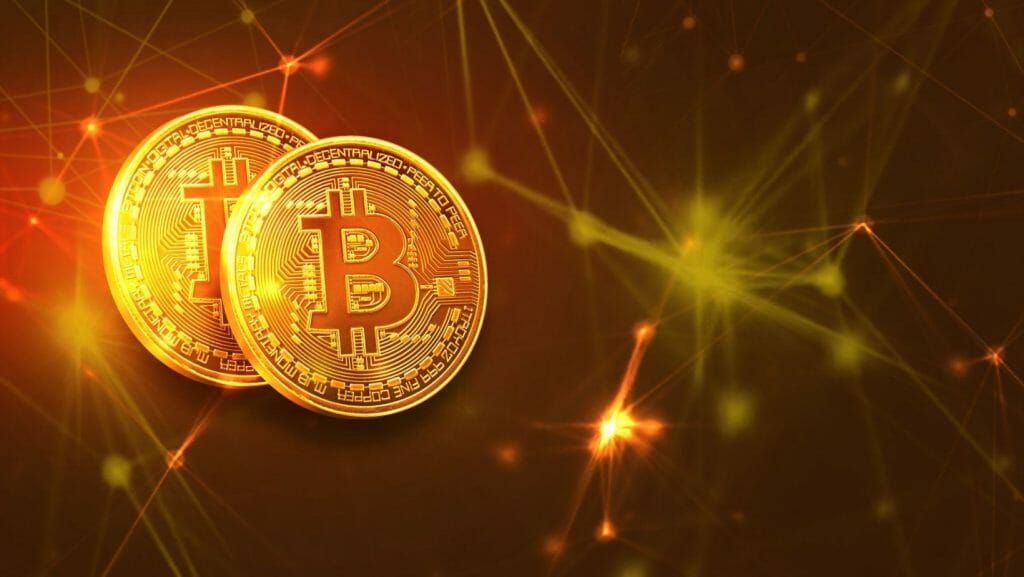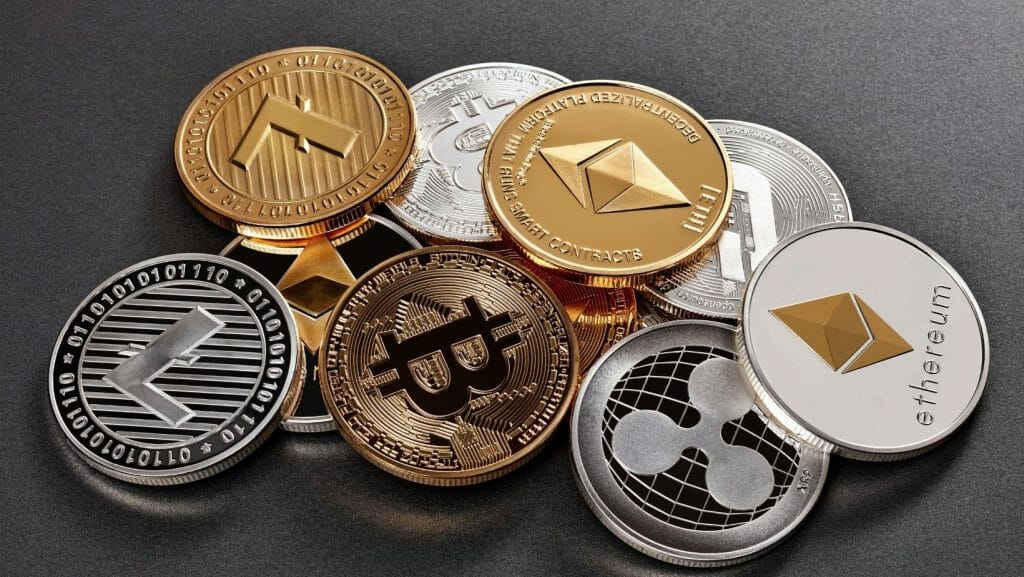Stats show that over 800,000 Australians own some form of cryptocurrency. Are you looking for the next bitcoin? Well, it could be sitting right in front of you. The blockchain revolution has already begun with new projects moving away from traditional business models and creating an entirely new industry.
These decentralised blockchains are leveraging autonomous software and smart contracts to create new operating systems and virtual communities that can change the way you live. Cosmos is one such platform.
Cosmos is a decentralised network that allows anyone to build scalable and interoperable blockchain-based solutions that link cryptocurrencies with the existing internet. Interoperability means that Cosmos will allow different blockchains, called zones, to seamlessly interact with one another in specific predefined ways.

While there is a lot of excitement around some projects, it’s essential to do your due diligence before you buy Cosmos Australia. Before you get convinced by all the hype surrounding the latest ICO, check out some questions you need to ask.
Is This a Closed or Open Blockchain?
The first step is determining whether the ecosystem you’re considering is part of a private, public, or federated blockchain network. Anyone can access public blockchains, and decentralised applications (dApps) run on these networks. Anyone can become involved in mining and verifying transactions.
Private blockchains are closed networks that aren’t decentralised. So, one company controls the entire ecosystem, and everyone uses their software to interact with it. Federated or consortium blockchains are private by design but allow specific pre-selected nodes to participate in the consensus process.
For example, the Cosmos project wasn’t launched on a public blockchain or operated as an extension of an existing private chain. Instead, it employs a federation of independent, high-performance blockchains called zones. These interoperable chains can address individual identity management systems or global currency exchanges by allowing zone developers to customise their networks.
How Many Tokens Are Required for Participation?
The decentralised blockchain ecosystems require blockchain utility tokens for participation. These are digital assets that grant their owners access to the services provided by the chain.
Token ownership is represented by an entry on a distributed ledger and can be transferred between participants in peer-to-peer transactions.
Since these ecosystems typically use tokens as a form of payment for goods or services, they aren’t intended to be treated like traditional investments. However, it’s essential to research how many tokens are required for participation in the network and how you use them.
Where is This Blockchain Hosted?
The location of a blockchain matters because if the chain isn’t hosted on your local servers, it can subject you to a range of risks. Hosting a blockchain locally means you always have access to the latest versions and updates. It also helps ensure that no one can censor your transactions or nodes.
When it comes to decentralised blockchains, hosting isn’t as simple as having a copy of the software on your devices. You need to consider regional constraints that exist on where code assessment.
For example, suppose you live in Africa and access a blockchain-based online marketplace based in North America. In that case, you’ll encounter latency issues that could prevent you from using it.
How Many Other People Are Already Taking Part?
There should always be other participants involved when accessing a decentralised blockchain ecosystem. Keep in mind that the point of a decentralised system is to have as many users as possible.
Suppose you’re using a public, open-source blockchain like Ethereum or Bitcoin. In that case, you need to consider how many people are already using it and whether there will be enough nodes available for your transactions.
Lacklustre numbers could lead to slower transaction times and make the network less secure.
How Quickly Will Transactions Be Processed?
Various factors determine how fast a blockchain can process transactions. For example, whether the system uses single or, multiple nodes affect speed because more distributed verification points add steps.
Then there’s the number of transactions on the network and the size of each unit. A blockchain’s transaction throughput is measured in units called “gas” in Ethereum, related to computational steps.
Every time a smart contract is executed, gas is expended. The more gas required for a transaction or intelligent contract means it will take longer to execute.
How Easy Will It Be to Access Your Money?
Anyone who wants to use a decentralised blockchain ecosystem needs the necessary tools and platforms. Many of these projects are supported by wallets that consist of keychains and software developed by outside developers or community members.

If you encounter interoperability issues with your wallet, you could lose access to your tokens. It’s important that the wallet offered by the ecosystem is easy to use and doesn’t require any particular configuration or third-party software to use it.
An excellent example of an accessible blockchain would be Cosmos, with its open-source Tendermint Core protocol that users can access through various wallets and interfaces.
As mentioned above, it’s essential to understand that decentralised blockchain ecosystems aren’t investment vehicles before you buy Cosmos in Australia. They don’t have a guaranteed rate of return, and you can’t expect to turn them into a passive revenue stream.
Wrapping Up
These ecosystems are designed to be used as a utility within an open-source community or between developers who want to build dApps on the blockchain.


